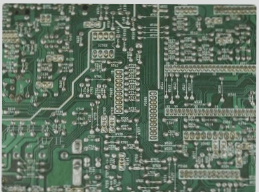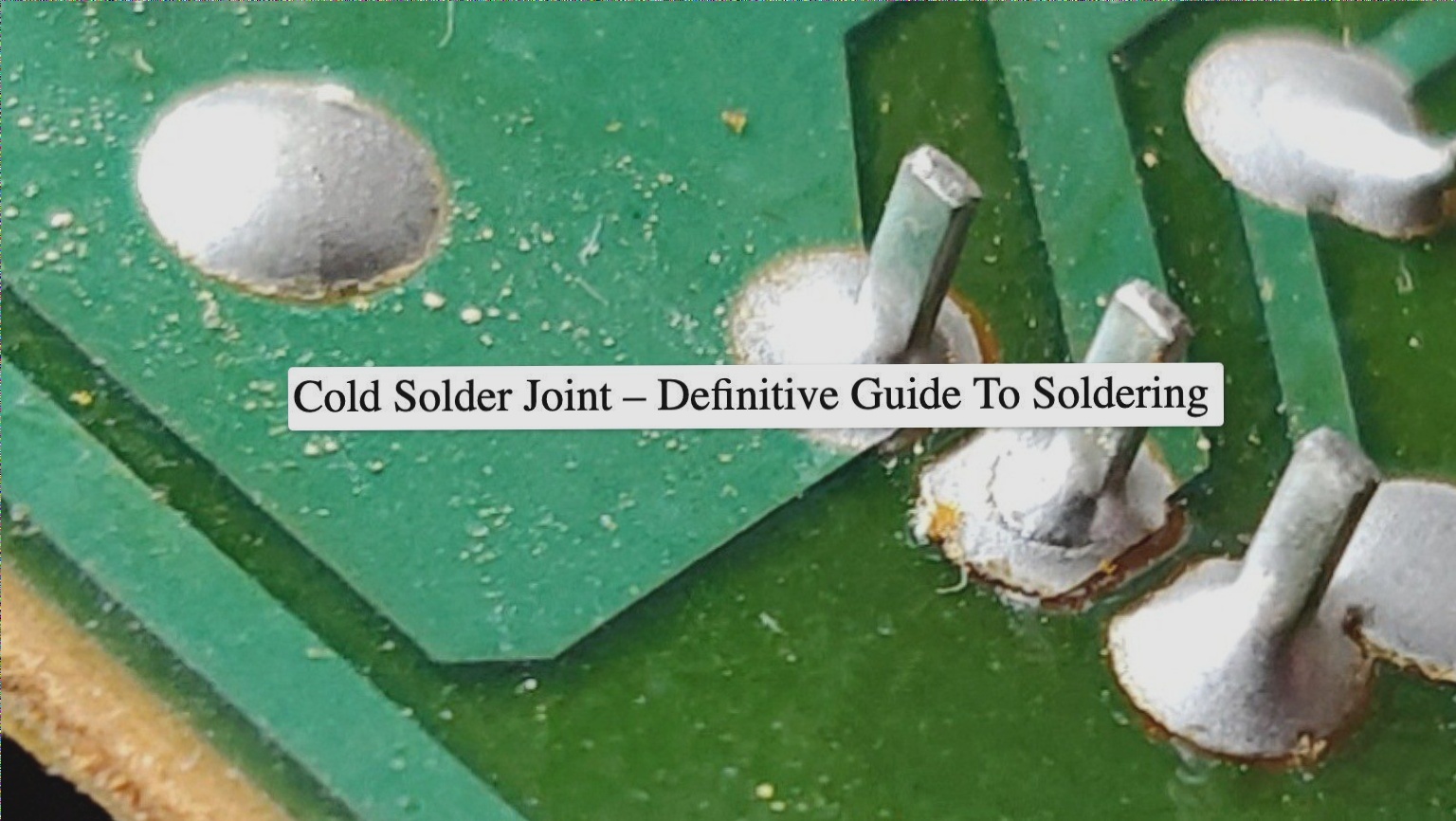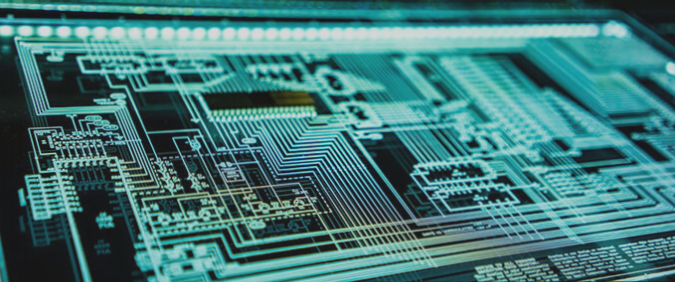PCB Design for Manufacturing (DFM) Guidelines: Ensuring Quality and Efficiency
- Physical Challenges in PCB Design
One common issue in PCB design is component crowding, which is easily identifiable and fixable. However, internal problems may pose more significant challenges and require careful attention.
- Electrical Concerns in PCB Layout
Even when following DFM guidelines, electrical problems can arise. Certain layouts may lead to irregular current flow, resulting in uneven heat distribution across the board.
- Documentation and Material Issues
Issues related to design documentation, such as discrepancies in bill of materials or schematics, can impact component selection and the overall manufacturing process.
- Manufacturability Challenges
Manufacturability issues can occur when designs are complex or prone to component damage. For instance, overlapping holes may obstruct drilling and cause tool breakage.
While many PCB DFM challenges are not apparent in design software, one critical issue to watch for is acid traps. These tiny areas, unintentionally exposed to acid during PCB production, can lead to electrical malfunctions or structural weaknesses.
Another hidden problem is solder bridging, where closely spaced solder joints create unintended connections, risking short circuits. Similarly, post-engraving, unconnected copper wires can cause unexpected issues.
Understanding PCB DFM Factors for Optimal Performance
DFM guidelines encompass various factors crucial for successful PCB manufacturing, including processing techniques, design considerations, material selection, environmental influences, and product functionality.
- Manufacturing Processes
Choosing appropriate manufacturing methods is vital in DFM. The selected processes should align with production goals and the desired quantity output, ensuring efficiency and quality throughout the manufacturing cycle.
Factors to Consider in PCB Manufacturing Process
- The design of the product
When determining the ideal process for manufacturing a product, factors such as the product’s size, materials used, surface steps, and assembly requirements need to be considered.
Testing the Product Design
Testing the product design is crucial in ensuring that specifications work for the finished product. This step helps identify any necessary changes before proceeding with production to avoid issues in later stages.
Materials Selection
Choosing the right materials for production is essential. Factors like product shape, size, and usage requirements influence material selection. Consulting with a contract manager or manufacturer ensures the right materials are chosen.
Environmental Considerations
Evaluating environmental factors, such as consumer usage environments, is vital before finalizing design and material choices. Understanding how and where the product will be used helps ensure compliance with DFM guidelines.
If designing a product for outdoor use throughout the year, materials must withstand a range of temperatures. Considerations for mounting the product on objects also impact design decisions.
Testing and Compliance
Ensuring the safety of the design and materials is the final step in PCB DFM guidelines. Third-party testing facilities can verify compliance with industry standards. Non-compliance may result from design not meeting safety standards.
Main Purpose of DFM
The main purpose of Design for Manufacturing (DFM) is to eliminate common miscommunications between designers and manufacturers. Collaboration among specialists in design, development, and manufacturing ensures a smoother process compared to traditional approaches.
- In typical scenarios, designers provide product specifications to manufacturers for production.
- DFM guidelines encourage collaboration among engineers from different departments to address issues collectively.
Benefits of Design for Manufacturability (DFM)
- DFM plays a crucial role in saving both time and money for companies. By quickly identifying design issues, it helps prevent delays in the production process.
Collaborative Teamwork for Success
Collaboration within a team is key to success. By working together, team members can offer valuable suggestions and make informed decisions collectively. This fosters a positive work environment and provides learning opportunities for less experienced engineers. DFM aims to reduce customer dissatisfaction by involving team members in the decision-making process.
In product development, various parties are often involved, including manufacturers, buyers, sellers, and legal representatives. External input is sought to optimize manufacturing processes and set realistic budgets post-product design.
DFM helps companies prevent costly production delays and errors, resulting in fewer defects, minimal customer complaints, and safeguarding the company’s reputation.
Key Takeaways
DFM principles are integral during PCB production to ensure efficient processes and high-quality outcomes.



